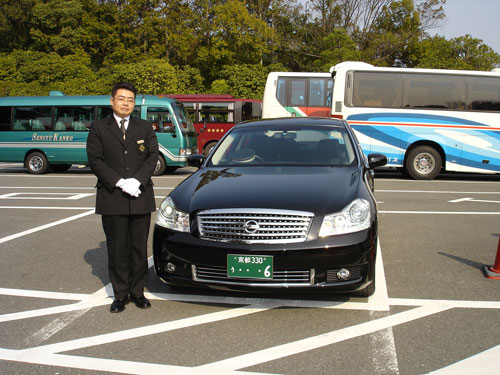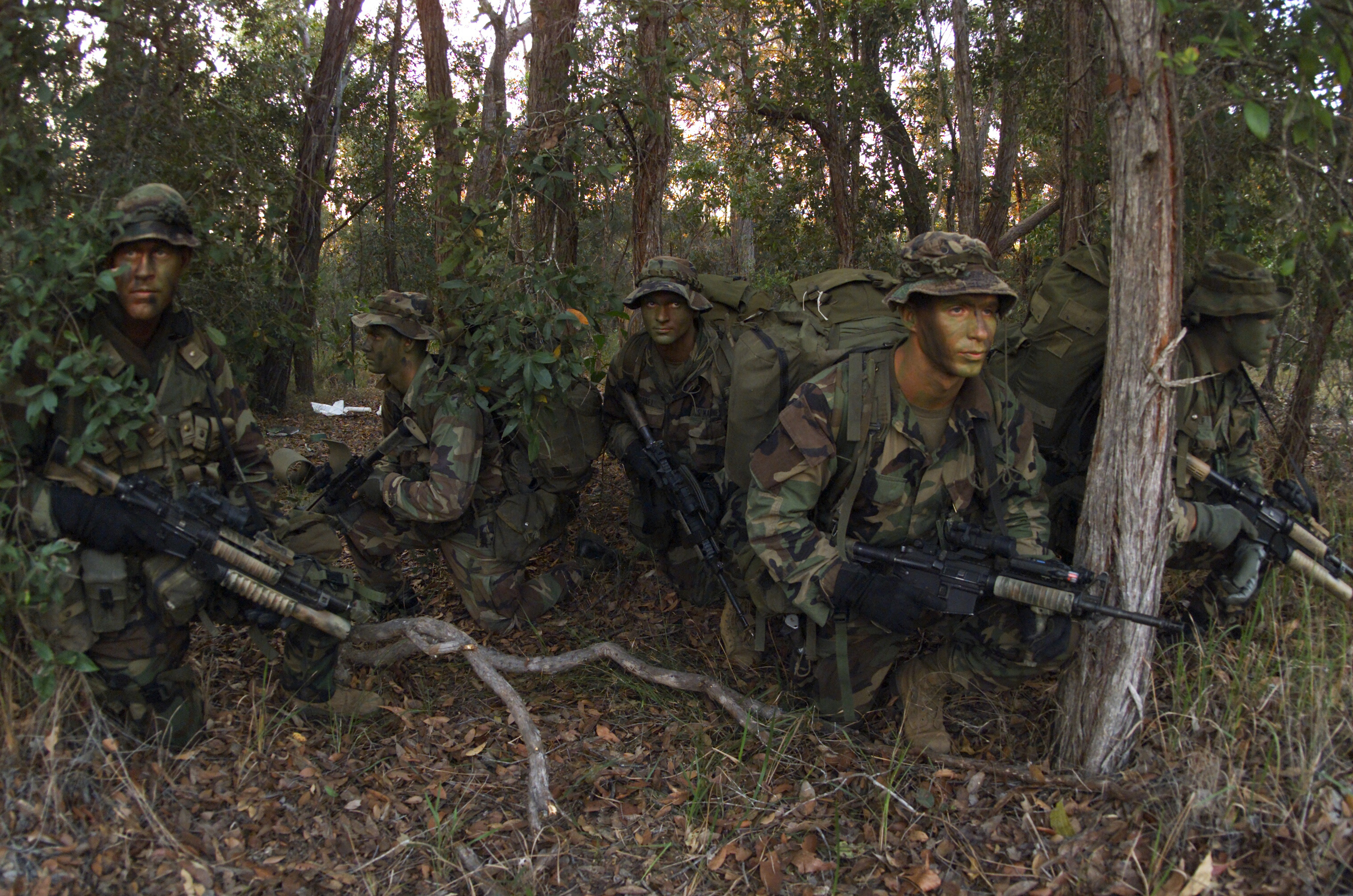|
ŌłĆ Gundam
, also stylized as ''ŌłĆ Gundam'', is a 1999 Japanese mecha anime series produced by Sunrise, and aired between 1999 and 2000 on Fuji Television and other FNS stations. It was created for the ''Gundam Big Bang'' 20th Anniversary celebration, and is the eighth installment in the ''Gundam'' franchise. It was later compiled in 2002 into two feature-length films entitled ''Turn A Gundam I: Earth Light'' and ''Turn A Gundam II: Moonlight Butterfly''. ''Turn A Gundam'' was directed by Yoshiyuki Tomino, who is the main creator of the ''Gundam'' franchise, and who had written and directed many previous ''Gundam'' works. Tomino created the series as a means of "affirmatively accepting all of the ''Gundam'' series", which is reflected in the series title's use of the Turned A, a mathematical symbol representing universal quantification. Overview ''Turn A Gundam'' takes place in the year , in a different calendar era than the previous Gundam projects. The Japanese term for Correct ... [...More Info...] [...Related Items...] OR: [Wikipedia] [Google] [Baidu] |
Mecha Anime And Manga
Mecha, also known as giant robot or simply robot, is a genre of anime and manga that feature mecha in battle. The genre is broken down into two subcategories; "super robot", featuring super-sized, implausible robots, and "real robot", where robots are governed by realistic physics and technological limitations. Mecha series cover a wide variety of genres, from action to comedy to drama, and the genre has expanded into other media, such as video game adaptations. Mecha has also contributed to the popularity of scale model robots. History The 1940 short manga featured a powered, piloted, mechanical octopus. The 1943 Yokoyama Ryūichi's propaganda manga featured a sword-wielding, steam-powered, giant humanoid mecha. The first series in the mecha genre was Mitsuteru Yokoyama's 1956 manga '' Tetsujin 28'', which was also released as an anime in 1963. Yokoyama was inspired to become a manga creator by Osamu Tezuka, and began serializing the manga in ''Shonen'', an iconic boy's ... [...More Info...] [...Related Items...] OR: [Wikipedia] [Google] [Baidu] |
Kadokawa Shoten
, formerly , is a Japanese publisher and division of Kadokawa Future Publishing based in Tokyo, Japan. It became an internal division of Kadokawa Corporation on October 1, 2013. Kadokawa publishes manga, light novels, manga anthology magazines such as '' Monthly Asuka'' and '' Monthly Sh┼Źnen Ace'', and entertainment magazines such as '' Newtype''. Since its founding, Kadokawa has expanded into the multimedia sector, namely in video games (as Kadokawa Games) and in live-action and animated films (as Kadokawa Pictures). History Kadokawa Shoten was established on November 10, 1945, by Genyoshi Kadokawa. The company's first publication imprint, Kadokawa Bunko, was published in 1949. The company went public on April 2, 1954. In 1975, Haruki Kadokawa became the president of Kadokawa Shoten, following Genyoshi Kadokawa's death. On April 1, 2003, Kadokawa Shoten was renamed to Kadokawa Holdings, transferring the existing publishing businesses to Kadokawa Shoten. On July 1, 2006, ... [...More Info...] [...Related Items...] OR: [Wikipedia] [Google] [Baidu] |
Kunio Okawara
is a mecha designer in the Japanese anime industry. He was born and currently lives in Inagi, Tokyo, where he works out of a studio in his home. He was one of the pioneering mecha designers in Japan and established the profession of 'mecha design' in the anime industry. His representative works include ''Gundam series'' from the Real Robot shows, the ''Brave series'' from the Super Robot shows and '' Time Bokan series'' from the comedy anime. In 2011, he received the Distinguished Service Award of the Japan Media Arts Festival for his achievements over the years. Style When designing a mecha, Okawara considers the process of deformation and even the process of manufacturing it in reality, and imagines something that can be immediately generated into a CAD blueprint. Ordinary designers draw a number of pictures, but he often makes models in wood or metalwork, as he thinks it is quicker to show the real thing. The origin of this is that when he entered the industry in the ... [...More Info...] [...Related Items...] OR: [Wikipedia] [Google] [Baidu] |
Yoshihiro Suzuki
Yoshihiro Suzuki (ķł┤µ£© ńŠ®Õ║ā, born January 5, 1983, in Mann┼Ź, Kagawa Prefecture) is a Japanese retired professional baseball pitcher. He played for the Chunichi Dragons in Japan's Nippon Professional Baseball is a professional baseball league and the highest level of baseball in Japan. Locally, it is often called , meaning simply ''Professional Baseball''; outside of Japan, NPB is often referred to as "Japanese baseball". The roots of the league ... for the entirety of his career. Since 2015, he has been employed as the Dragons scorer. External links NBP.com 1983 births Living people Baseball people from Kagawa Prefecture Japanese baseball players Nippon Professional Baseball pitchers Chunichi Dragons players {{Japan-baseball-pitcher-stub ... [...More Info...] [...Related Items...] OR: [Wikipedia] [Google] [Baidu] |
Chauffeur
A chauffeur () is a person employed to drive a passenger motor vehicle, especially a luxury vehicle such as a large sedan or a limousine. Initially, such drivers were often personal employees of the vehicle owner, but this has changed to specialist chauffeur service companies or individual drivers that provide both driver and vehicle for hire. Some service companies merely offer the driver. History The term ''chauffeur'' comes from the French term for stoker because the earliest automobiles, like their railroad and sea vessel counterparts, were steam-powered and required the driver to stoke the engine. The chauffeur also maintained the car, including routine maintenance and cleaning, and had to be a skilled mechanic to deal with breakdowns and tyre punctures en route, which were very common in the earliest years of the automobile. Only the wealthy could afford the first automobiles, and they generally employed chauffeurs rather than driving themselves. A 1906 article ... [...More Info...] [...Related Items...] OR: [Wikipedia] [Google] [Baidu] |
Reconnaissance
In military operations, military reconnaissance () or scouting is the exploration of an area by military forces to obtain information about enemy forces, the terrain, and civil activities in the area of operations. In military jargon, reconnaissance is abbreviated to ''recce'' (in British, Canadian, Australian English) and to ''recon'' (in American English), both derived from the root word ''reconnoitre'' / ''reconnoitering''. The types of reconnaissance include patrolling the local area of operations and long-range reconnaissance patrols, which are tasks usually realized in the United States of America by U.S. Army Rangers, cavalry scouts, and military intelligence specialists, using navy ships and submarines, Aerial reconnaissance, reconnaissance aircraft, satellites to collect raw intelligence; and establishing observation posts. Moreover, espionage is different from reconnaissance, because spies work as civilians in enemy territory. Etymology The word is derived from the ... [...More Info...] [...Related Items...] OR: [Wikipedia] [Google] [Baidu] |
Common Era
Common Era (CE) and Before the Common Era (BCE) are year notations for the Gregorian calendar (and its predecessor, the Julian calendar), the world's most widely used calendar era. Common Era and Before the Common Era are alternatives to the original Anno Domini (AD) and Before Christ (BC) notations used for the same calendar era. The two notation systems are numerically equivalent: " CE" and "AD " each describe the current year; "400 BCE" and "400 BC" are the same year. The expression can be traced back to 1615, when it first appears in a book by Johannes Kepler as the (), and to 1635 in English as " Vulgar Era". The term "Common Era" can be found in English as early as 1708, and became more widely used in the mid-19th century by Jewish religious scholars. Since the late 20th century, BCE and CE have become popular in academic and scientific publications on the grounds that BCE and CE are religiously neutral terms. They have been promoted as more sensitive to non-Christia ... [...More Info...] [...Related Items...] OR: [Wikipedia] [Google] [Baidu] |
Calendar Era
A calendar era is the period of time elapsed since one '' epoch'' of a calendar and, if it exists, before the next one. For example, the current year is numbered in the Gregorian calendar, which numbers its years in the Western Christian era (the Coptic Orthodox and Ethiopian Orthodox churches have their own Christian eras). In antiquity, regnal years were counted from the accession of a monarch. This makes the chronology of the ancient Near East very difficult to reconstruct, based on disparate and scattered king lists, such as the Sumerian King List and the Babylonian Canon of Kings. In East Asia, reckoning by era names chosen by ruling monarchs ceased in the 20th century except for Japan, where they are still used. Ancient dating systems Assyrian eponyms For over a thousand years, ancient Assyria used a system of eponyms to identify each year. Each year at the Akitu festival (celebrating the Mesopotamian new year), one of a small group of high officials (includ ... [...More Info...] [...Related Items...] OR: [Wikipedia] [Google] [Baidu] |
Universal Quantification
In mathematical logic, a universal quantification is a type of quantifier, a logical constant which is interpreted as "given any", "for all", "for every", or "given an arbitrary element". It expresses that a predicate can be satisfied by every member of a domain of discourse. In other words, it is the predication of a property or relation to every member of the domain. It asserts that a predicate within the scope of a universal quantifier is true of every value of a predicate variable. It is usually denoted by the turned A (ŌłĆ) logical operator symbol, which, when used together with a predicate variable, is called a universal quantifier ("", "", or sometimes by "" alone). Universal quantification is distinct from ''existential'' quantification ("there exists"), which only asserts that the property or relation holds for at least one member of the domain. Quantification in general is covered in the article on quantification (logic). The universal quantifier is en ... [...More Info...] [...Related Items...] OR: [Wikipedia] [Google] [Baidu] |
Turned A
Turned A (capital: Ō▒», lowercase: ╔É, math symbol ŌłĆ) is a letter and symbol based upon the letter A. Modern usage * Lowercase ╔É (in Roman, or "two-storey" form) is used in the International Phonetic Alphabet to identify the near-open central vowel. This is not to be confused with the ''turned alpha'' or ''turned script a'', ╔Æ, which is used in the IPA for the open back rounded vowel. * The logical symbol ŌłĆ has the same shape as a sans-serif capital turned A. It is used to represent universal quantification in predicate logic, where it is typically read as "for all". It was first used in this way by Gerhard Gentzen in 1935, by analogy with Giuseppe Peano's turned E notation for existential quantification and the later use of Peano's notation by Bertrand Russell. Historical usage File:Turned A in Edward Lhuyd, Archaeologia Britannica, 1707, p. 226.png , Turned a presented in Edward Lhuyd's ''Archaeologia Britannica'', 1707. File:Turned A in William Pryce, Archa ... [...More Info...] [...Related Items...] OR: [Wikipedia] [Google] [Baidu] |
Gundam
is a Japanese military science fiction media franchise. Created by Yoshiyuki Tomino and Sunrise (now Bandai Namco Filmworks), the franchise features giant robots, or mecha, with the name "Gundam". The franchise began on April 7, 1979, with '' Mobile Suit Gundam'', a TV series that defined the " real robot" mecha anime genre by featuring giant robots called mobile suits (including the original titular mecha) in a militaristic setting. The popularity of the series and its merchandise spawned a franchise that includes 50 TV series, films and OVAs as well as manga, novels and video games, along with a whole industry of plastic model kits known as Gunpla which makes up 90 percent of the Japanese character plastic-model market. Academics in Japan have viewed the series as inspiration; in 2008, the virtual Gundam Academy was planned as the first academic institution based on an animated TV series. As of March 2020, the franchise is fully owned by Bandai Namco Holdings throu ... [...More Info...] [...Related Items...] OR: [Wikipedia] [Google] [Baidu] |
Fuji Television
JOCX-DTV (channel 8), branded as or , is a Japanese television station that serves the Kant┼Ź region as the flagship (broadcasting), flagship station of the Fuji News Network (FNN) and the Fuji Network System (FNS). The station is owned-and-operated by , itself a subsidiary of , a certified broadcasting holding company under the Japanese Broadcasting Act, and affiliated with the Fujisankei Communications Group. It is headquartered in the Fuji Broadcasting Center in Odaiba, Minato, Tokyo and is one of ''five private broadcasters based in Tokyo''. Fuji Television also operates three premium television stations, known as "Fuji Television One" ("Fuji Television 739"ŌĆösports/variety, including all Tokyo Yakult Swallows home games), "Fuji Television Two" ("Fuji Television 721"ŌĆödrama/anime, including all Saitama Seibu Lions home games), and "Fuji Television Next" ("Fuji Television CSHD"ŌĆölive premium shows) ( "Fuji Television OneTwoNext"), all available in High-definition televi ... [...More Info...] [...Related Items...] OR: [Wikipedia] [Google] [Baidu] |




